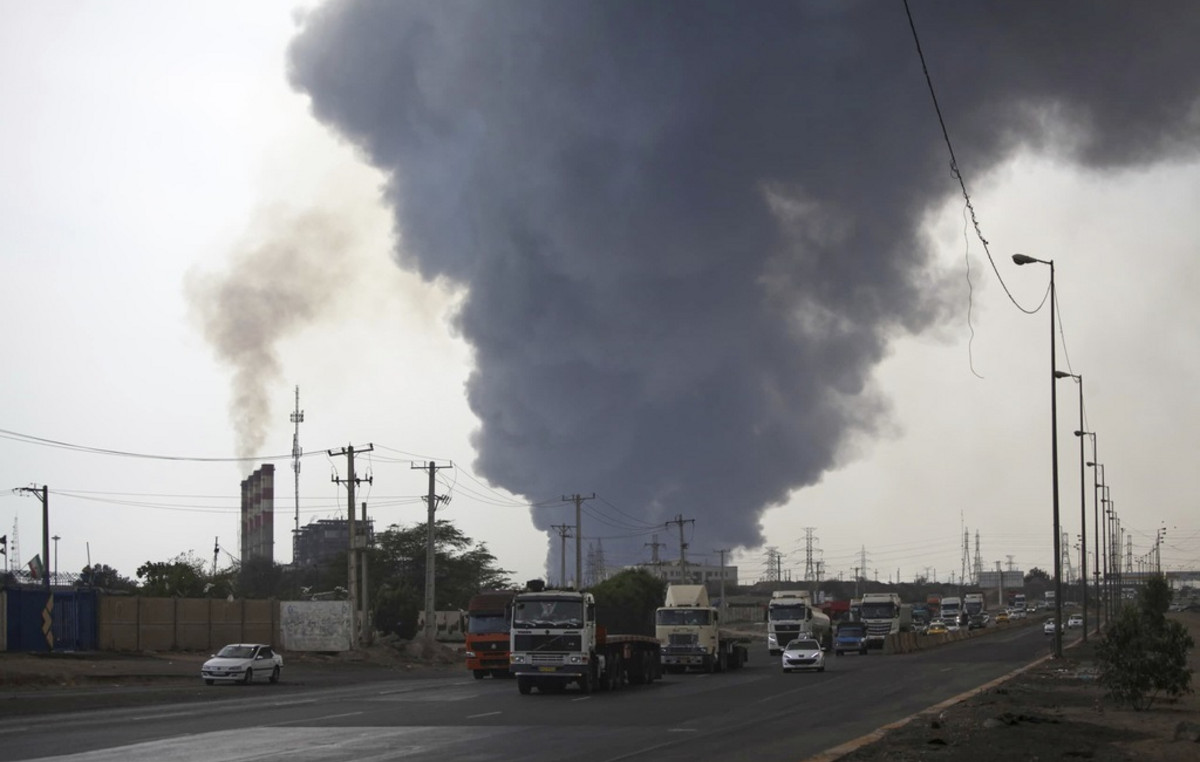October 19, 1987. A brief but violent crash of the US stock market. Can it happen again?
Probably not. The Dow plunged 22.6% that day, a date that has since been immortalized as Black Monday (Black Monday, from the English translation).
To put this in context, a drop of this magnitude would be a drop of nearly 7,000 points based on the current levels of the Dow. In 1987, there was a drop of about 508 points.
Rules have been in place since 1987, so-called trading breakers and stops, that would prevent a drop of this magnitude from happening again.
Since then, there have been some instantaneous mini-drops in stocks, but nothing remotely like the kind of alarm seen that Monday, when the inflation rate was 3.6%, George Bush (first) was the Republican candidate for president and a gallon of gas cost $0.89.
It was clearly a panic-induced sale. THE CNN Business talked to Jon Hirtle, a Goldman Sachs broker in 1987, to get his memories of the Black Monday.
Hirtle, now chief executive and founder of Hirtle Callaghan, a wealth management firm that has about $20 billion in assets, said the Black Monday it was a jaw-breaking, what the heck moment for Wall Street.
Normal trading mechanics just stopped working. “You didn’t get an offer. People tried to sell and couldn’t. Usually, you just place an order and it’s done,” he said.
Hirtle said it’s also important to remember that in 1987, most trading was physically carried out on the stock exchange floor. Now, it’s mostly done electronically. This has led some Wall Street veterans to ironically refer to the NYSE as nothing more than a glorified TV studio.
“The circumstances leading up to 1987 changed dramatically,” Hirtle said.
Is the return of speculation a worrying sign?
Still, there are some similarities between now and 35 years ago.
On the one hand, equities (prior to the 2022 pullback) were trading at historically high valuations. And there is a lot of speculation in the market right now, with traders betting on meme stocks like GameStop and AMC, bitcoin and other cryptocurrencies, as well as other speculative investments.
In 1987, many investors were betting on the continued rise of corporate mergers. It was the era of the “Barbarians at the Gate”, when large private equity were taking over the companies blue chip.
There seem to be even more risks these days, Hirtle said. She also noted that while interest rates are now rising thanks to a recent series of Fed hikes, they are nowhere near 1987 levels.
The yield on 10-year Treasuries is currently around 4%, compared to nearly 10% just before the crash of black monday. So fees have a lot more room to run before they really become problematic.
But there’s another big difference between now and 1987 that can be more ominous. THE Black Monday ended up, in hindsight, as a blip in a bull market and a strong economy during the Reagan years.
Conclusion
The current surge in market volatility, however, is a worrying sign and potential harbinger of a recession. This could mean more downside ahead for the stocks.
“The big question we face is whether the earnings forecasts for next year are correct,” said Marco Pirondini, equity director at Amundi US.
“Earnings expectations for 2023 are taking into account much of the growth expected for an economy that, at the very least, will slow significantly and likely enter recession.”
Pirondini, who has been with Amundi since 1991, said that while interest rates are still historically low, the speed and magnitude of current rate hikes is unprecedented.
The Fed could end up breaking something in the markets or the economy. “It’s hard to predict the consequences of the Fed tightening,” he said.
Source: CNN Brasil
Joe Jameson, a technology journalist with over 2 years of experience, writes for top online news websites. Specializing in the field of technology, Joe provides insights into the latest advancements in the industry. Currently, he contributes to covering the world stock market.







